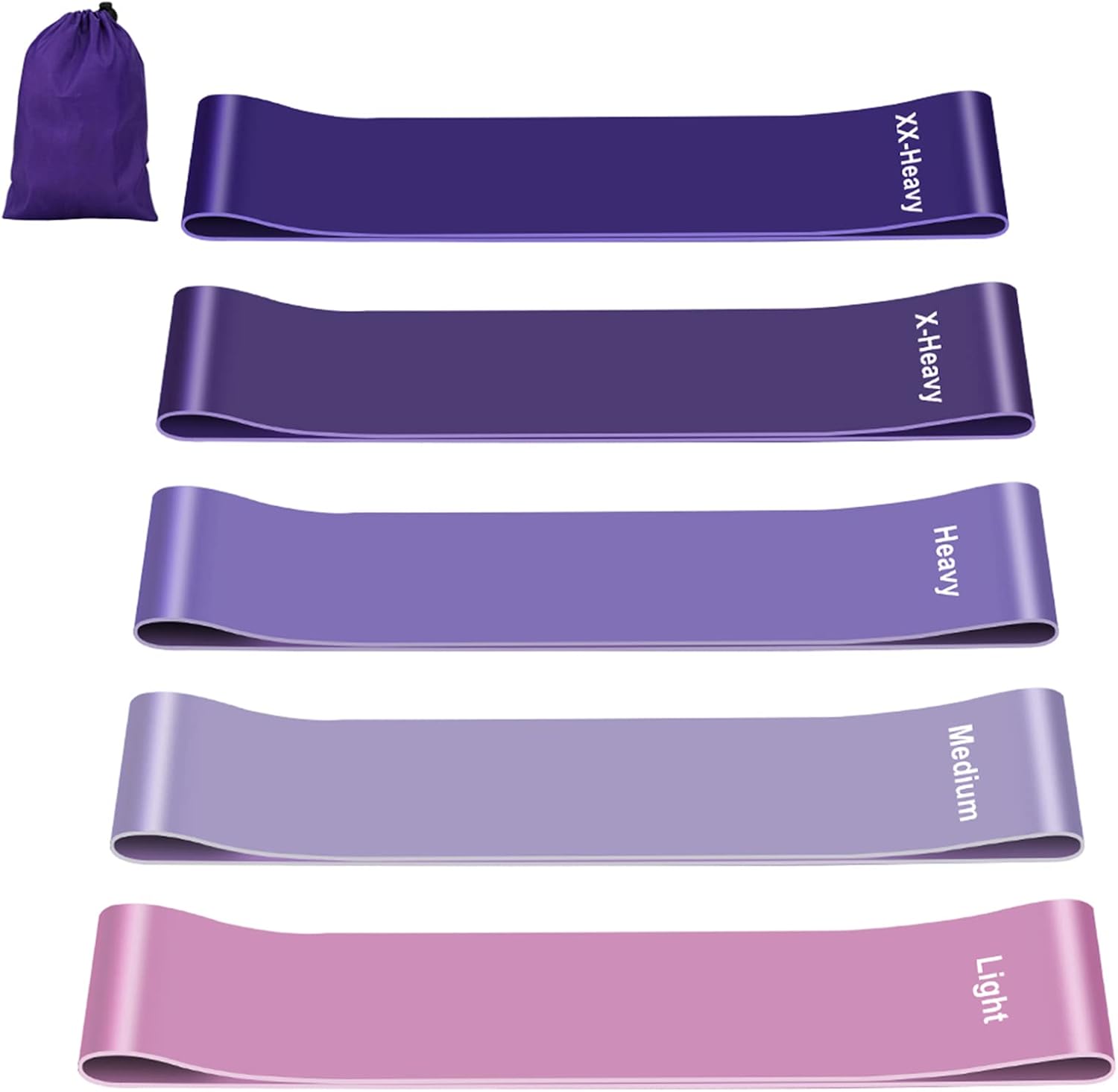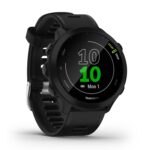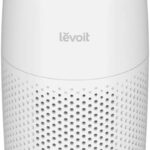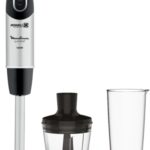Train at home with resistance bands: complete guide
Turn 1 m² into your gym: learn how to choose your bands, set up a robust kit in minutes, and follow proven routines for strength, mobility, and joint care — with clear progressions and no bulky gear.
Why bands are the best plan for training at home
Used well, bands provide progressive tension, protect your joints, and let you work your entire body with a kit that fits in a drawer. They’re ideal for beginners and also for advanced lifters who want efficient, quiet training.
How to choose and set up your kit (without overcomplicating it)
1) Band types
- Tubular with handles: very versatile for presses, pulls, and rows.
- Long loop (power bands): great for squats, hip hinges, assisted pull-ups.
- Hip/mini bands: glute activation, stability, core.
2) Suggested resistance levels
- Light → learning, shoulder work, rotator cuff, gentle rehab.
- Medium → general upper body, anti-rotation core.
- Strong/XL → squats, hip hinge, heavier presses.
3) Safe setup
- Anchor to a door that opens away from the direction of pull.
- Check for micro-cracks and replace worn bands.
- Use pre-tension (no slack) before starting each rep.
Simple 4-week plan (full body, 3 days/week)
“Minimum effective” format: 6 exercises, 30–35 minutes. Rest 60–90 s between sets. Progression: first movement quality, then reps, finally resistance.
| Movement | Key technique | Week 1 | Week 2 | Week 3 | Week 4 |
|---|---|---|---|---|---|
| Hip hinge (banded deadlift) | Neutral spine; hips back; 1 s pause at bottom | 3×10 | 3×12 | 4×10 | 4×12 |
| Horizontal push (chest press) | Active core; scapulae retracted; 2-0-2 tempo | 3×10 | 3×12 | 4×10 | 4×12 |
| Horizontal pull (row) | Elbows 30–45°; shoulders “down in pockets” | 3×12 | 3×14 | 4×10 | 4×12 |
| Squat (loop under feet) | Knees track toes; tall torso | 3×12 | 3×14 | 4×10 | 4×12 |
| Anti-rotation (Pallof press) | Ribs down; don’t let yourself rotate | 3×12/side | 3×14/side | 4×10/side | 4×12/side |
| Face pull (shoulder health) | Elbows high; pause in contraction | 3×12 | 3×15 | 4×12 | 4×15 |
Express routines (10–15 minutes) for busy days
Full body 10′
- Band squat — 40 s
- Chest press — 40 s
- Row — 40 s
- Pallof press — 40 s/side
- Face pull — 40 s
Posture/back 12′
- Y-pull (diagonal raise) — 12 reps
- Hip-hinge row — 12 reps
- Face pull — 15 reps
- Thoracic extension with mini band — 12 reps
Legs + glutes 15′
- Hip hinge — 12 reps
- Squat — 12 reps
- Lateral steps with mini band — 12×2
- Glute bridge — 15 reps (2 s pause)
Technique that makes the difference
- Initial tension: avoid starting with slack. Set up so the band is already stretched.
- Stable levers: active core, ribs down, long neck; think “move from the target joint.”
- Useful range: if the band pulls too hard at the end, step closer or scale resistance so you don’t finish “crunched.”
- Tempo: control the return (eccentric). A 2-0-2 counts works great for learning.
Smart mobility and maintenance
Happy shoulders
Face pulls, external rotations, serratus work (banded punch). 2–3 days/week, 2–3 sets of 12–15.
Functional hips
Lateral steps with mini band, controlled hinge, monster walks. 2–3×/week.
Anti-movement core
Pallof press, anti-flexion (light cable crunch pattern), anti-extension (banded dead bug).
Frequently asked questions
How long until I notice changes?
With 3 days/week and solid nutrition, most people feel posture and tone improve in 2–4 weeks. Strength usually rises before appearance changes.
What if my form is “shaky”?
Reduce resistance, shorten the range, and focus on tempo. Once movement is solid, resume progressing.
Can I build muscle with bands?
Yes, if you apply progression (more reps/sets/tension) and train close to technical failure while keeping form.
Ready to start today
With a good set and a clear plan, training at home is simple, quiet, and effective. Take the first step: equip your mini-gym and save this guide. Tomorrow you’ll just press play on your routine.




